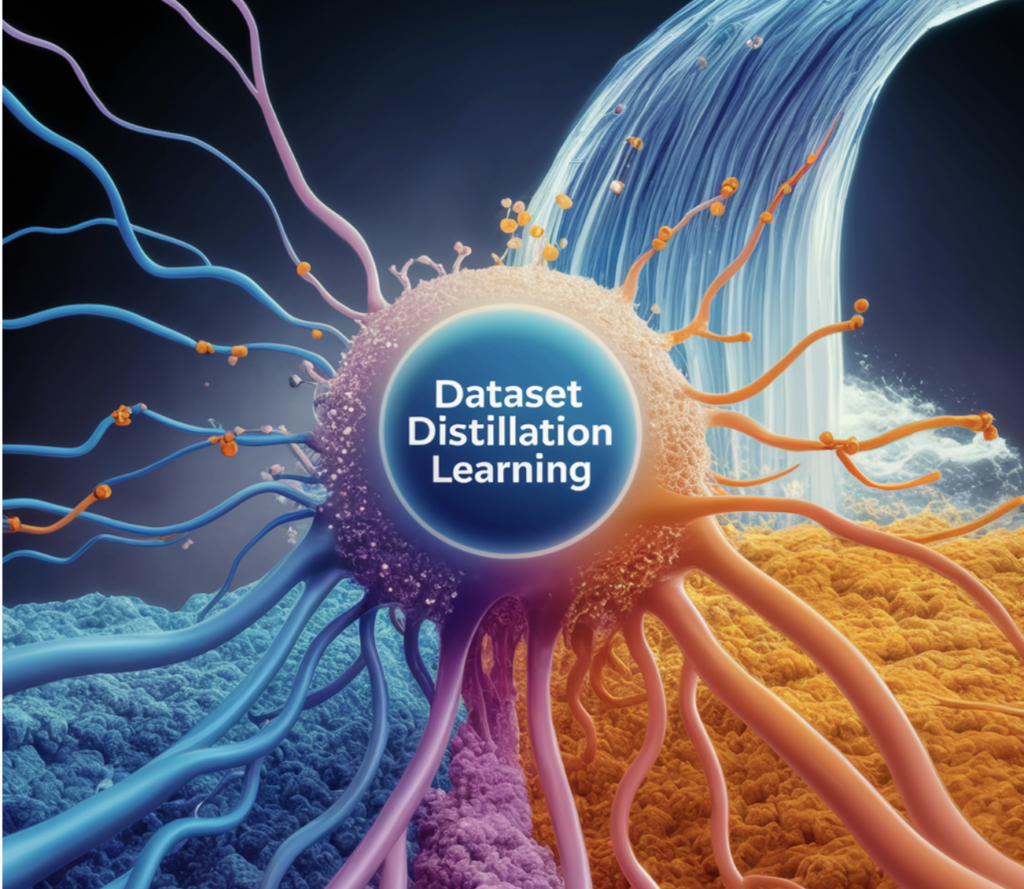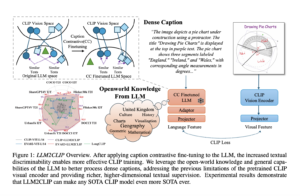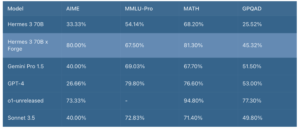What is Dataset Distillation Learning? A Comprehensive Overview

Dataset distillation is an innovative approach that addresses the challenges posed by the ever-growing size of datasets in machine learning. This technique focuses on creating a compact, synthetic dataset that encapsulates the essential information of a larger dataset, enabling efficient and effective model training. Despite its promise, the intricacies of how distilled data retains its utility and information content have yet to be fully understood. Let’s delve into the fundamental aspects of dataset distillation, exploring its mechanisms, advantages, and limitations.
Dataset distillation aims to overcome the limitations of large datasets by generating a smaller, information-dense dataset. Traditional data compression methods often fail due to the limited number of representative data points they can select. In contrast, dataset distillation synthesizes a new set of data points that can effectively replace the original dataset for training purposes. This process compares real and distilled images from the CIFAR-10 dataset, showing how distilled images, though different in appearance, can train high-accuracy classifiers.
Key Questions and Findings
The study presented addresses three critical questions about the nature of distilled data:
Substitution for Real Data: The effectiveness of distilled data as a replacement for real data varies. Distilled data retains high task performance by compressing information related to the early training dynamics of models trained on real data. However, mixing distilled data with real data during training can decrease the performance of the final classifier, indicating that distilled data should not be treated as a direct substitute for real data outside the typical evaluation setting of dataset distillation.
Information Content: Distilled data captures information analogous to what is learned from real data early in the training process. This is evidenced by strong parallels in predictions between models trained on distilled data and those trained on real data with early stopping. The loss curvature analysis further shows that the information in distilled data rapidly decreases loss curvature during training, highlighting that distilled data effectively compresses the early training dynamics.
Semantic Information: Individual distilled data points contain meaningful semantic information. This was demonstrated using influence functions, which quantify the impact of individual data points on a model’s predictions. The study showed that distilled images can influence real images semantically consistently, indicating that distilled data points encapsulate specific, recognizable semantic attributes.
The study utilized the CIFAR-10 dataset for analysis, employing various dataset distillation methods, including meta-model matching, distribution matching, gradient matching, and trajectory matching. The experiments demonstrated that models trained on distilled data could recognize classes in real data, suggesting that distilled data encodes transferable semantics. However, adding real data to distilled data during training often could have improved and sometimes even decreased model accuracy, underscoring the unique nature of distilled data.
The study concludes that while distilled data behaves like real data at inference time, it is highly sensitive to the training procedure and should not be used as a drop-in replacement for real data. Dataset distillation effectively captures the early learning dynamics of real models and contains meaningful semantic information at the individual data point level. These insights are crucial for the future design and application of dataset distillation methods.
Dataset distillation holds promise for creating more efficient and accessible datasets. Still, it raises questions about potential biases and how distilled data can be generalized across different model architectures and training settings. Further research is needed to address these challenges and fully harness the potential of dataset distillation in machine learning.
Source: https://arxiv.org/pdf/2406.04284
Aswin AK is a consulting intern at MarkTechPost. He is pursuing his Dual Degree at the Indian Institute of Technology, Kharagpur. He is passionate about data science and machine learning, bringing a strong academic background and hands-on experience in solving real-life cross-domain challenges.











